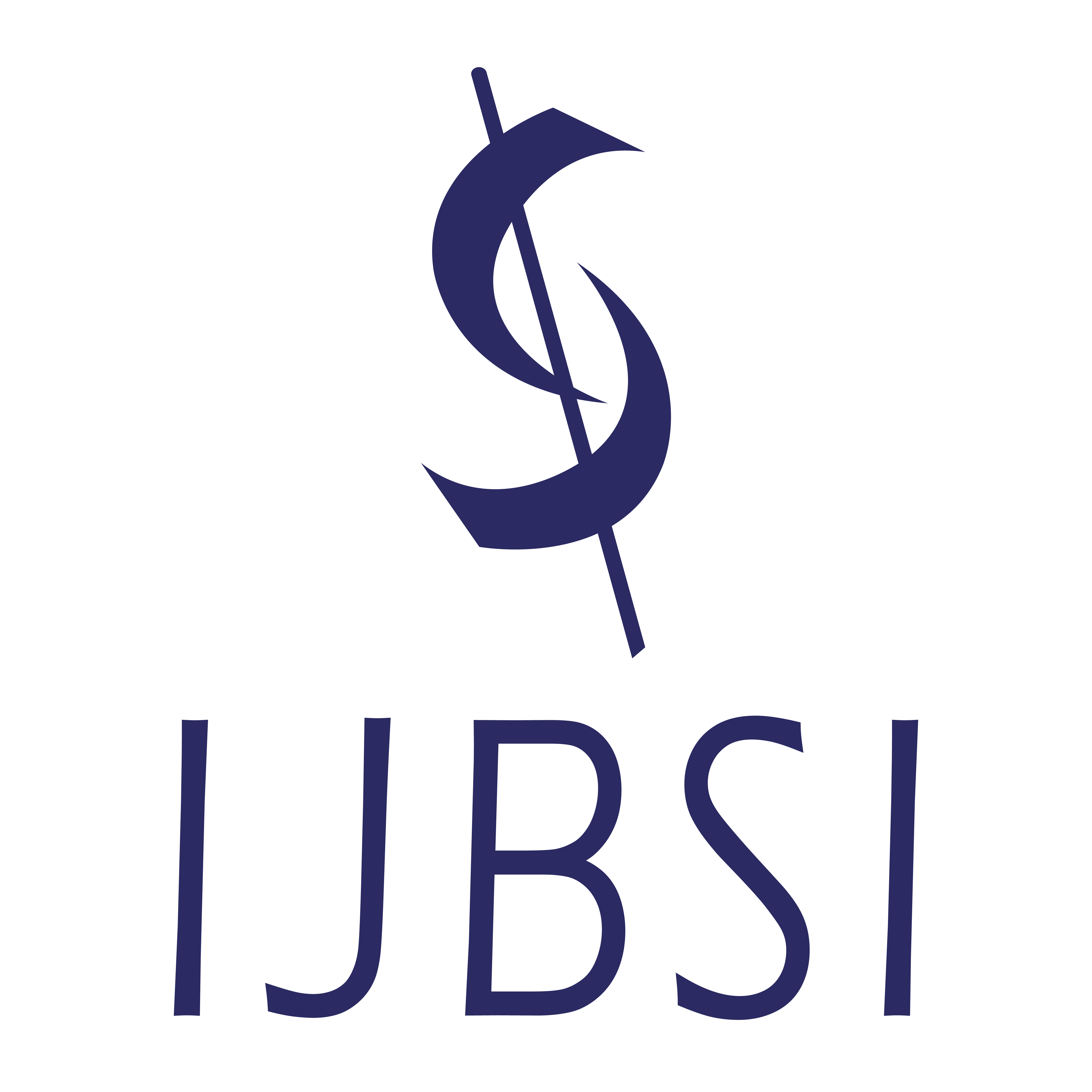Research Article
Sino-US Cotton Trade Relations and Risk Analysis
More Detail
1 Tan Kah Kee College, Xiamen University, Xiamen 363105, China; * Corresponding Author
International Journal of Business Studies and Innovation, 4(4), 2024, 8-17, https://doi.org/10.35745/ijbsi202Xv04.04.0002
Published: 30 December 2024
OPEN ACCESS 537 Views 323 Downloads
ABSTRACT
The volume of cotton trade between China and the United States (th #2B2A62e #2B2A62US) has decisively impacted the world cotton trade market. Based on the cotton trade data between China and the US from 2012 to 2022, the relationship in trade between China and the US was analyzed multi-dimensionally. The basic situation of the Sino-US cotton trade was explored first through the analysis of historical data. Then, the sub-categories of Sino-US cotton were determined by using the trade integration and complementarity, and intra-industry trade index. Secondly, the potential risks to the Sino-US cotton trade relationshiphip which are caused by changes in weather, policy, economy, market, and other factors were examined. Finally, suggestions were made to promote the development of the Sino-US cotton trade.
CITATION (APA)
Lin, J. (2024). Sino-US Cotton Trade Relations and Risk Analysis. International Journal of Business Studies and Innovation, 4(4), 8-17. https://doi.org/10.35745/ijbsi202Xv04.04.0002
REFERENCES
- Cheng, N. F. L., Hasanov, A. S., Poon, W. C., & Bouri, E. (2023). the US-China Trade friction and the Volatility Linkages between Energy and Agricultural Commodities. Energy Economics, 120, 1–17.
- Cheng, Z. H., & Feng, M. (2017). Spatial-temporal Variation Characteristics and Trade Pattern of the World Cotton Trade Network Based on the Dynamic Complex Network. International Economics and Trade Research, 33(10), 36–50.
- Deng, J. J. (2021). Analyzing on the Implications of U.S.’s Restrictions on Importing Cotton Produced in Xinjiang and Proposed Countermeasures. Journal of International Economic Cooperation, 5, 79–89.
- Dong, N., & Yuan, Y. C. (2022). Performance, Trend and Response of Anti-globalization Ideology under the Great Changes Unseen in a Century. Studies in Ideological Education, 9, 103–110.
- Liu, M., & Wang, D. (2021). Research on the Fluctuation of China’s Cotton Futures and Spot Price under the Background of Sino-US Trade Friction. Journal of Xinyang Agriculture and Forestry University, 31(1), 25–30.
- Liu, T. T., Zhang, H. J., Kang, Y. X., & Qian, J. F. (2022). Analysis of Global Cotton Trade Pattern from the Perspective of Social Network. World Agriculture, 4, 26–36.
- Lu, X. R., Jia, X. Y., & Niu, J. H. (2018). The Present Situation and Prospects of Cotton Industry Development in China China. Scientia Agricultura Sinica, 51(1), 26–36.
- Qin, Z. C., & Ning, X. (2020). The Development Trend and Policy Optimization of China’s Cotton Industry since China’s Accession into WTO. Reform, 9, 104–117.
- Sabala, E., & Devadoss, S. (2020). Spatial Equilibrium Analysis of Chinese Tariff on World Cotton Markets. The World Economy, 44(7), 2188–2202.
- Wang, L. S., Gao, X. X., & Lu, X. R. (2021). Research on the Fluctuation Characteristics and Linkage of Chinese and American Cotton Futures Prices. Prices Monthly, 9, 10–17.
- Wang, X. R., Li, H. Q., Wang, Y. G., & Wang, Y. F. (2020). World Cotton Production and Trade Pattern under the Background of Trade Disputes. Agricultural Outlook, 16(11), 95–99.
- Yan, W., & Huang, K. (2021). The Effect of China’s Domestic Public Storage on World Market Prices: The Case of Cotton. China Agricultural Economic Review, 13(4), 756–780.
- Zhai, X. L., & Yuan, R. L. (2019). The Change of World Cotton Industry Pattern in the Past 30 Years and Its Impact on China’s Cotton Industry. World Agriculture, 8, 71–78+127–128.)
- Zhang, K. Y., Liu, C. X., & Zhou, L. L. (2020). Study on the Influence of Sino-USA Trade Friction on China’s Agricultural Value-added Trade. Shanghai Journal of Economics, 7, 91–104.
- Zheng, Q. J. (2010). A Comparative Advantage Study on Agricultural Trade Structure from China to Japan, Master’s Thesis. Northeast Normal University, Changchun, China.

 OPEN ACCESS
OPEN ACCESS

 The articles published in this journal are licensed under the CC-BY Creative Commons Attribution International License.
The articles published in this journal are licensed under the CC-BY Creative Commons Attribution International License.